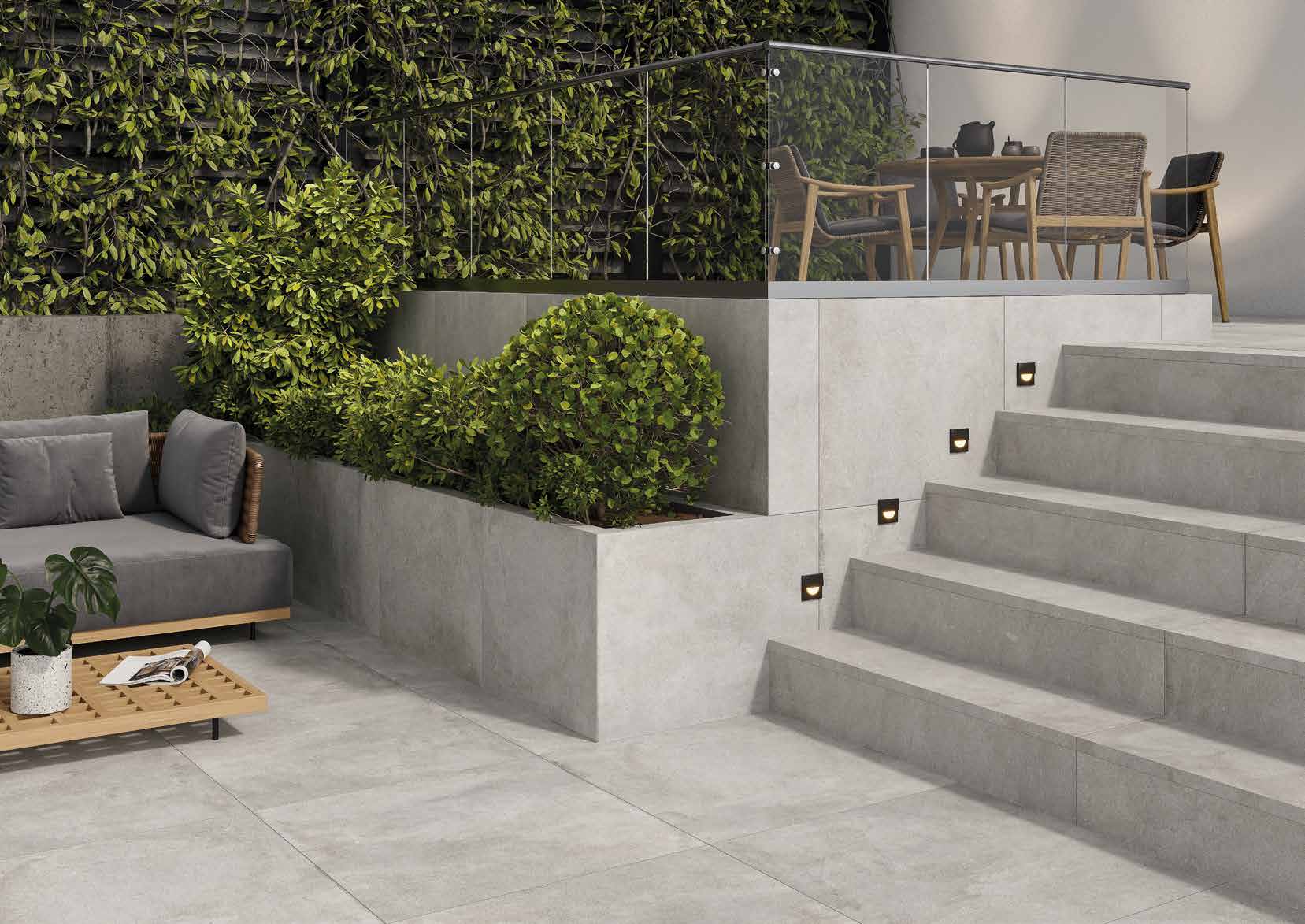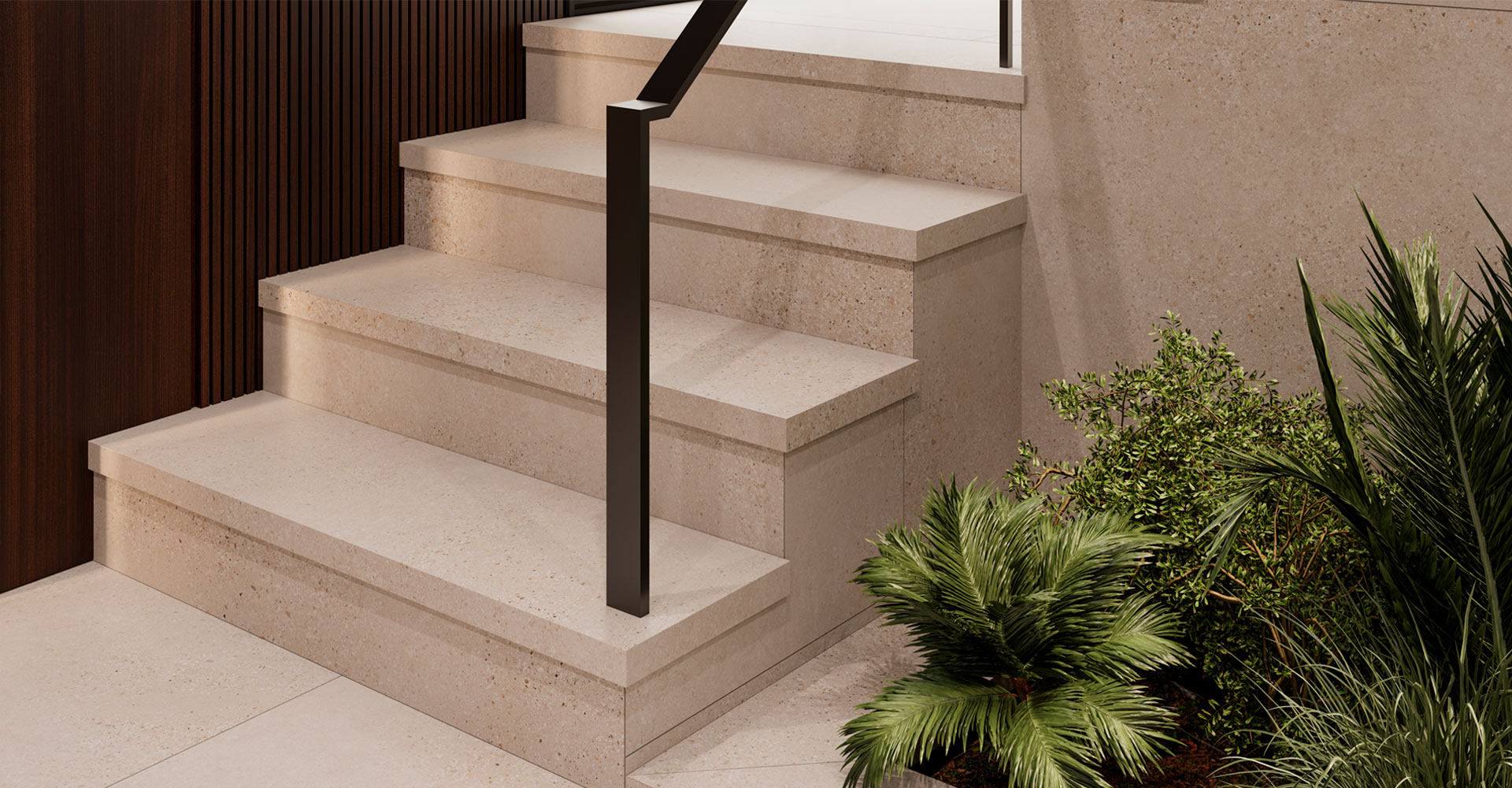If you are considering enhancing the elegance of your home or outdoor area, ceramic steps could be the perfect addition!
This article will delve into the aesthetic appeal and design choices available with ceramic steps, along with the numerous benefits they provide. Whether it’s their durability, low maintenance requirements, or environmental advantages, ceramic steps present a compelling option.
Additionally, we will examine the process of selecting the most suitable ceramic steps for your space, the installation procedures, and essential care tips to guarantee their longevity.
Join us as we explore the realm of ceramic steps and uncover the array of advantages they bring to the table!
What are Ceramic Steps?

Ceramic steps are a popular choice for staircases in home improvement projects because of their durable material and versatile design options, which can enhance both indoor and outdoor spaces. Typically crafted from a blend of clay and other natural materials, ceramic steps undergo a high-temperature firing process to create a robust, resilient surface. The material composition of ceramic steps ensures they can endure heavy foot traffic while retaining their appearance over time.
Commonly used in both residential and commercial settings, ceramic steps add an element of sophistication and practicality to staircases. Their non-slip surface serves as a crucial safety feature, making them particularly suitable for areas susceptible to moisture or high levels of foot traffic.
The Beauty of Ceramic Steps
Ceramic steps possess the unique quality of greatly elevating the aesthetics and elegance of any space, establishing themselves as a prominent feature in both contemporary and classic home decor styles.
Aesthetic Appeal and Design Options
Ceramic steps present a wide array of aesthetic appeal and design possibilities, ranging from bespoke pieces to handcrafted artistic creations that impart a distinctive flair to any staircase.
These ceramic steps can be personalised to seamlessly harmonise with a variety of architectural styles, introducing a customised and refined aspect to any area.
The allure of tailor-made ceramic steps lies in the ability to adjust them to complement the existing decor or establish a striking focal point within the residence.
Conversely, handcrafted designs imbue a sense of artistry and skill into each step, crafting a visually enthralling and unparalleled staircase that enhances the overall atmosphere of the interior.
Benefits of Ceramic Steps

Ceramic steps provide advantages that go beyond just looks; they also offer exceptional functionality, safety features, and durability. These qualities make ceramic steps a practical choice for staircases, whether they are indoors or outdoors.
Durability and Maintenance
Ceramic steps are highly regarded for their exceptional durability and minimal maintenance requirements, making them a long-lasting and convenient choice for any staircase. Their robust construction allows them to withstand significant foot traffic without showing any signs of damage, ensuring they maintain their pristine condition for a prolonged period.
Additionally, the smooth surface of ceramic steps makes cleaning easy, requiring just a quick wipe to keep them looking immaculate. Along with their durability, the non-slip properties of ceramic steps provide an added safety measure, decreasing the likelihood of accidents and enhancing the overall security of the stairs.
Environmental Benefits
Ceramic steps present an environmentally friendly and sustainable option, crafted from natural materials known for their exceptional resistance to heat and moisture, ultimately contributing to a healthier living environment.
The production of ceramic steps involves the utilisation of natural raw materials, a process that aids in minimising energy usage and decreasing the carbon footprint. Due to the robustness of ceramic steps, they boast a prolonged lifespan, diminishing the necessity for frequent replacements and thereby reducing waste generation. The heat resistance of ceramic steps assists in regulating indoor temperatures, lessening the dependence on heating systems and decreasing overall energy consumption. Furthermore, their moisture resistance plays a crucial role in inhibiting the growth of mould and mildew, leading to improved indoor air quality and a reduced necessity for chemical cleaning agents.
Choosing the Right Ceramic Steps

When selecting the appropriate ceramic steps, it is important to take into account various factors such as design preferences, functionality, and the specific needs of both indoor and outdoor settings to guarantee they harmonise with the overall aesthetic of your residence.
Factors to Consider
When you’re in the market for ceramic steps, it’s important to take into account certain factors like the quality of the material, safety features, and the installation process to make sure they not only look good but also function well as an architectural element in your home.
The quality of the ceramic material is key because it impacts durability, resistance to wear and tear, and the overall visual appeal. Choosing high-quality ceramic steps can enhance the aesthetic of your space while offering long-lasting functionality.
Safety features, such as non-slip surfaces and handrails, are crucial considerations, particularly if the steps will see frequent use.
Understanding the installation requirements, such as the necessity of a level surface and the right adhesives, is essential to ensure the steps are firmly in place and safe for everyday use.
Installing Ceramic Steps
The installation of ceramic steps is a vital aspect of any home improvement or renovation endeavor. It necessitates meticulous planning and precise execution to guarantee their secure integration into the staircase structure.
Step-by-Step Guide


This detailed guide is designed to lead individuals through the process of installing ceramic steps with a focus on safety and quality craftsmanship to achieve an aesthetically pleasing and non-slip staircase.
Firstly, gather all necessary tools and materials, which include ceramic tiles, adhesive, grout, a trowel, a spirit level, and safety equipment such as gloves and goggles.
The next step involves measuring and preparing the staircase to ensure it is clean, dry, and free of any debris before proceeding.
Apply a layer of adhesive to the stairs and carefully position the tiles. Use a spirit level to ensure each tile is aligned evenly.
Once all tiles are in place, fill the gaps with grout and remove any excess grout using a damp sponge.
Allow the steps to dry completely before adding a non-slip finish for safety measures and any desired aesthetic enhancements.
Caring for Ceramic Steps
It is crucial to properly care for ceramic steps to preserve their durability and long-lasting charm. By carrying out regular maintenance and following easy-to-clean practices, one can ensure that the steps remain in optimal condition.
Tips for Longevity and Maintenance
It is important to follow practical maintenance tips to ensure the longevity and value of ceramic steps. Regular cleaning and prompt addressing of any minor repairs are crucial steps in this process.
Regular cleaning plays a key role in preventing the accumulation of dirt and grime, which can ultimately result in discolouration or damage. Using a soft-bristled brush or a damp cloth to delicately remove surface debris is recommended. It is advisable to steer clear of harsh chemicals or abrasive tools that could potentially scratch the ceramic surface.
Regarding minor repairs, such as chipped edges or cracks, one may want to consider utilising a ceramic repair kit. Carefully following the provided instructions is essential to achieve a seamless repair that preserves the aesthetic appeal of the steps.

